Dismantling and Relocating A Petrochemical Facility
This project included two separate scopes of work. Deep South was originally contracted to dismantle and relocate 9 vessels from a petrochemical plant. The vessels were barged, rolled off, and staged at their new location.
Deep South returned a year later to transport and set the vessels at their final location in the Southwest. The vessels ranged in weight from 82,000 pounds to 1,100,000 pounds. Using 36 lines of Scheuerle SPMTs, the vessels were transported to the crane hook for lifting into final position.
Pictured here is the largest vessel weighing 1,100,000 pounds, being lifted by the 1,800-ton VersaCrane TC-28000 and the 440-ton Terex-Demag CC-2400-1 as the tail crane.
-
Equipment Used
-
Services Used
-
By the Numbers
- Vessel Weights: 82,000 pounds - 1,100,000 lbs
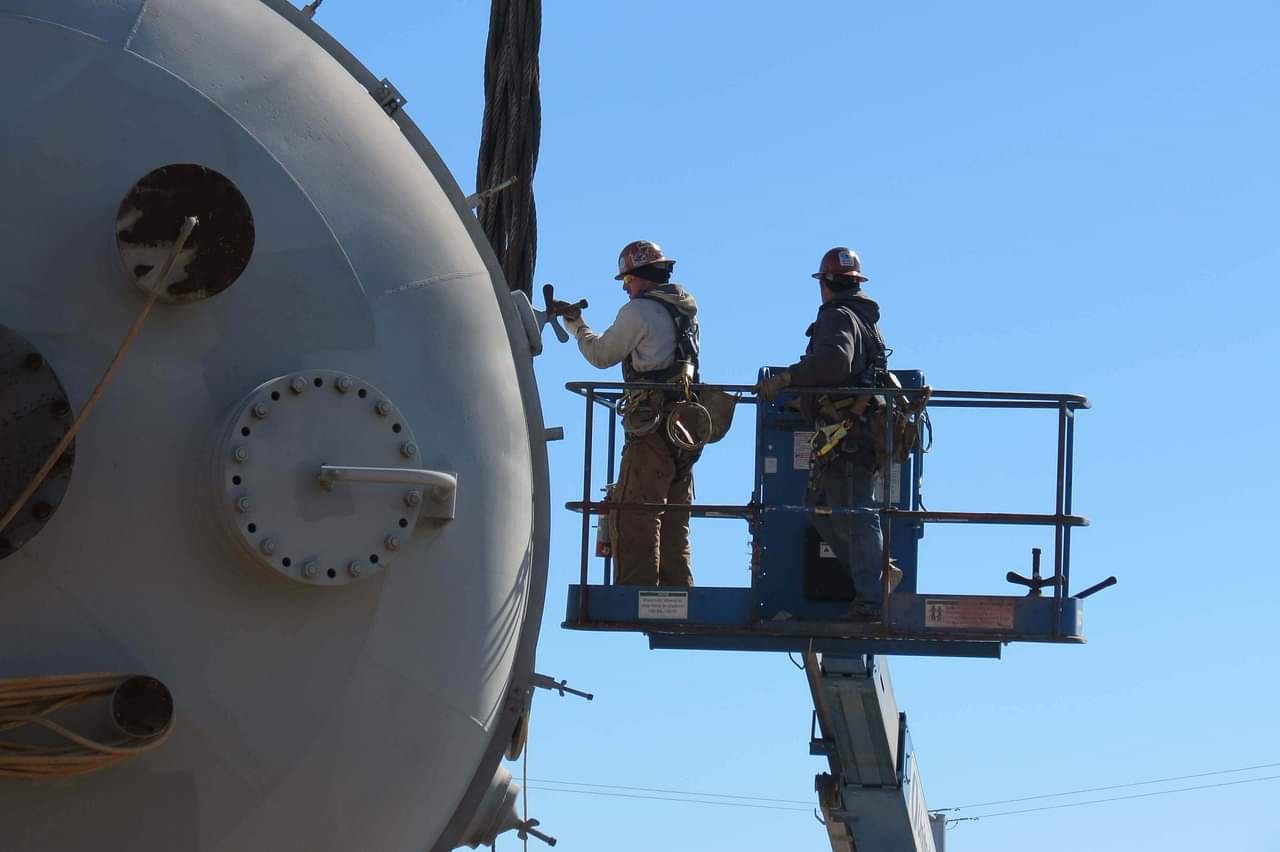
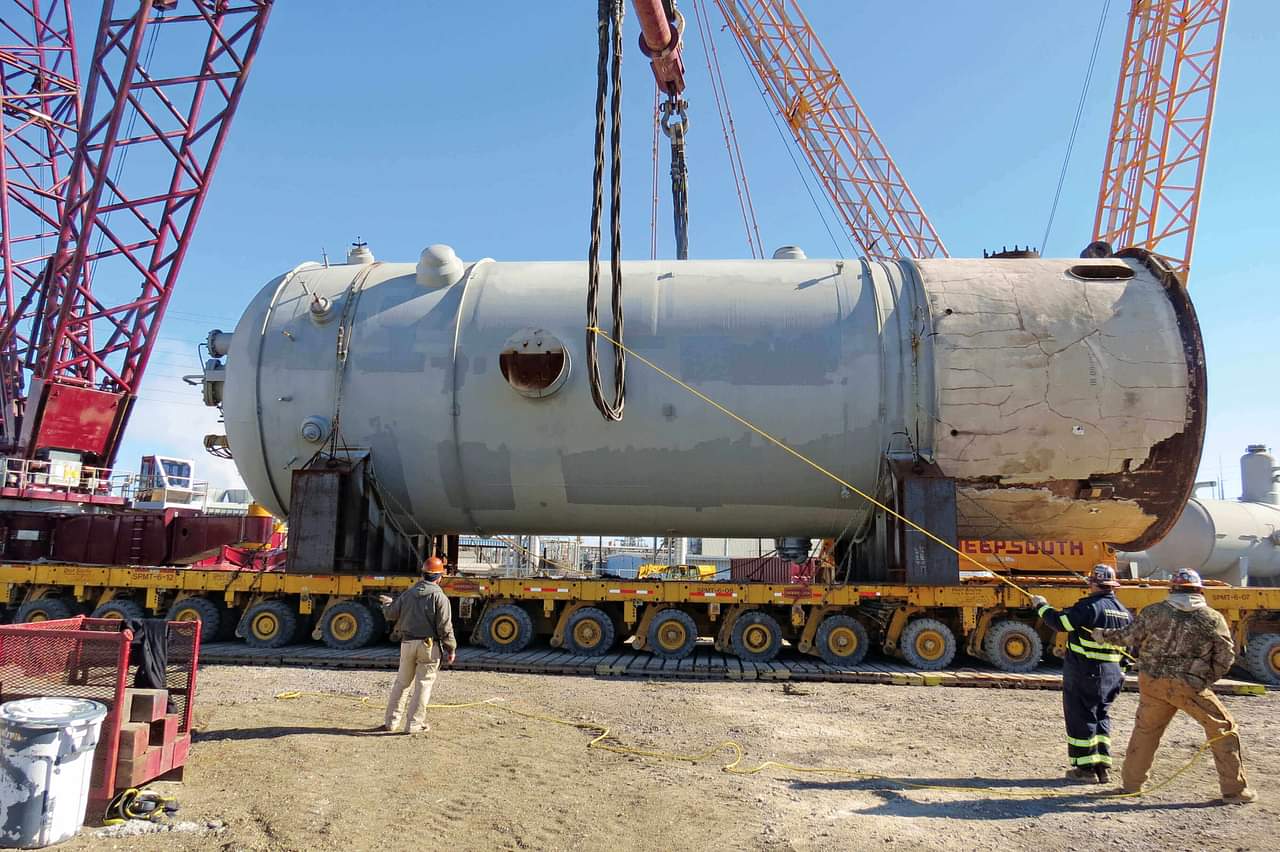
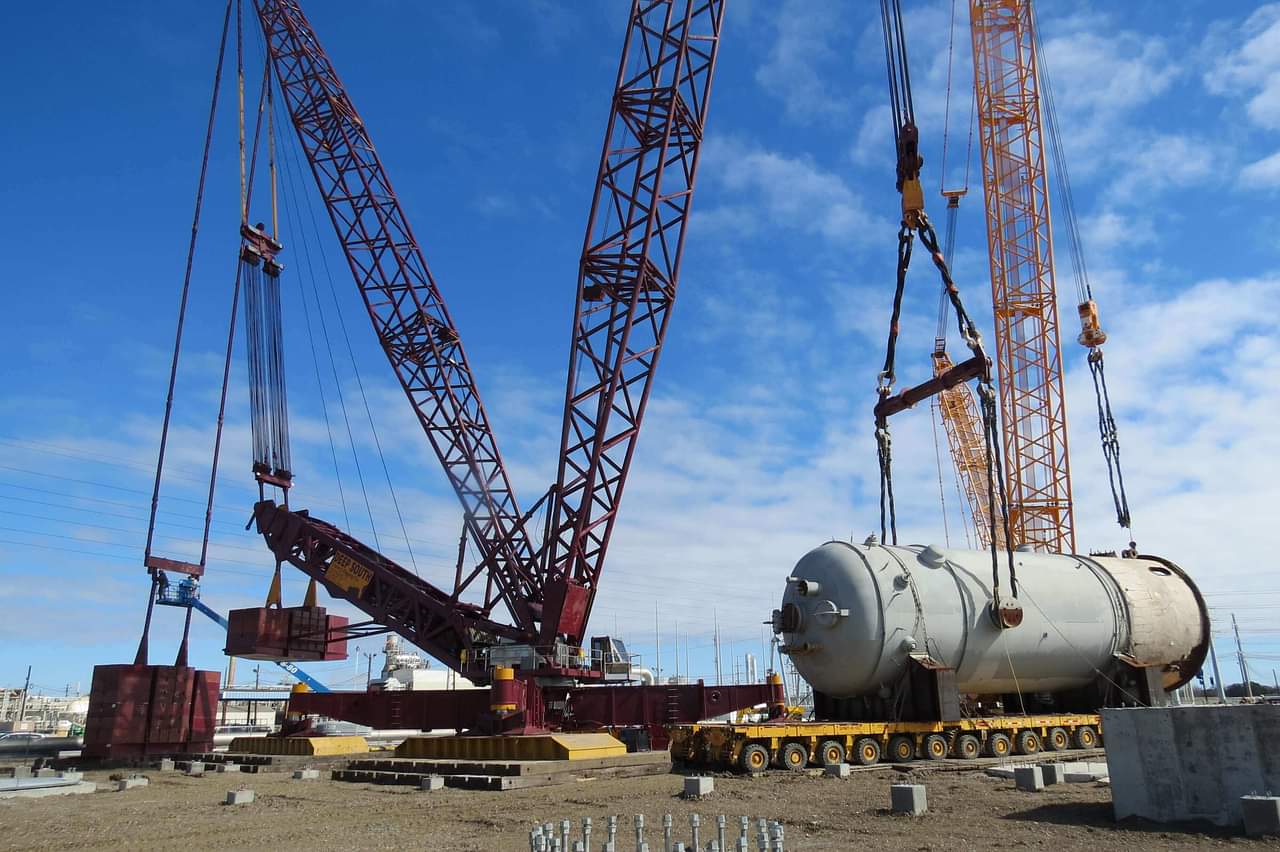
Related Projects
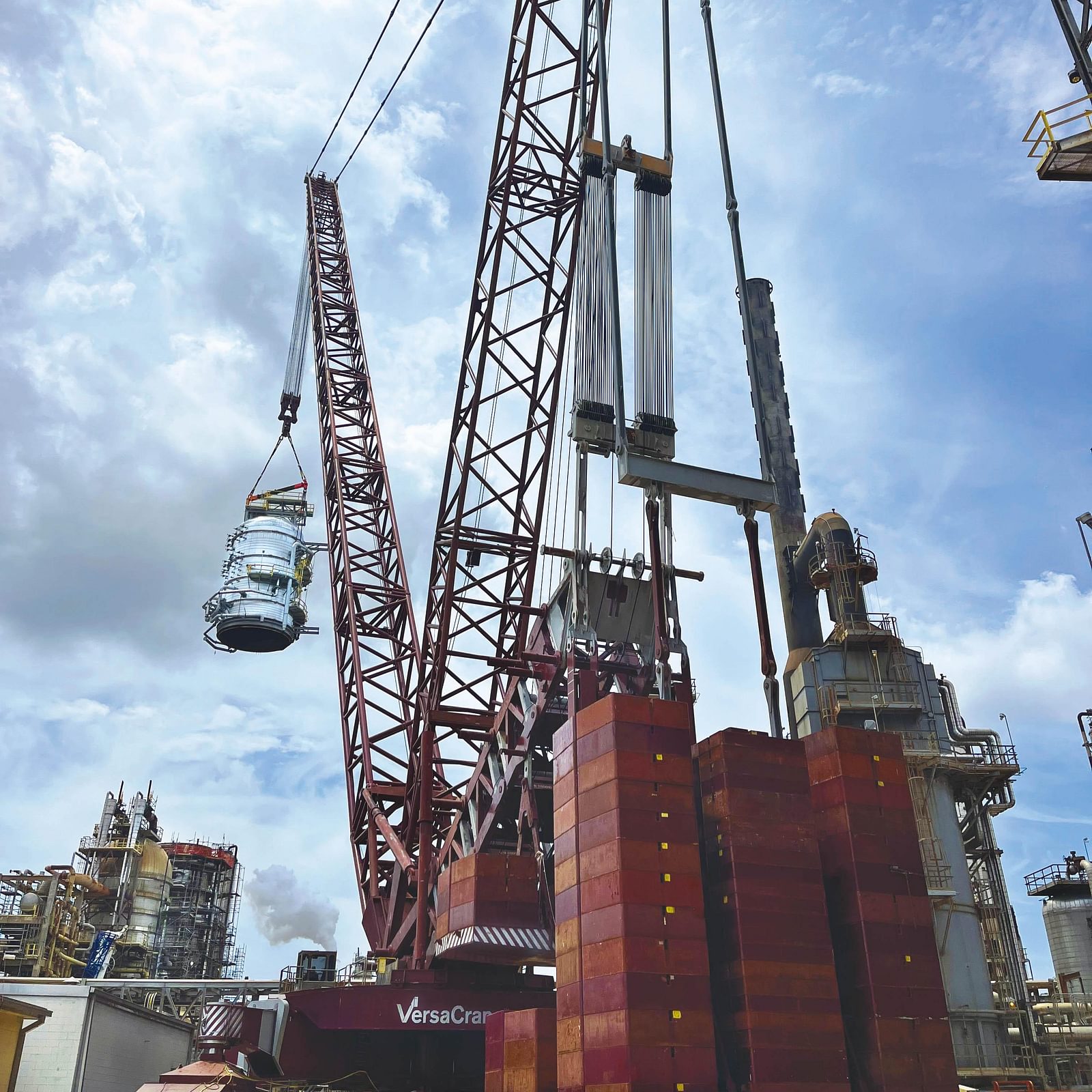
Reconfigured for a Higher Load
View Project
Reconfigured for a Higher Load
During a planned outage, a petrochemical facility in Texas needed to replace a large tower head—measuring 54' L x 30' W x 30' H and weighing 280,000 pounds. Deep South Crane & Rigging selected a strategic setup location for its 2,500-ton VersaCrane TC-36000 to accommodate both the head lift and additional turnaround work. The lift was initially planned at 350,000 pounds, accounting for tray installation.
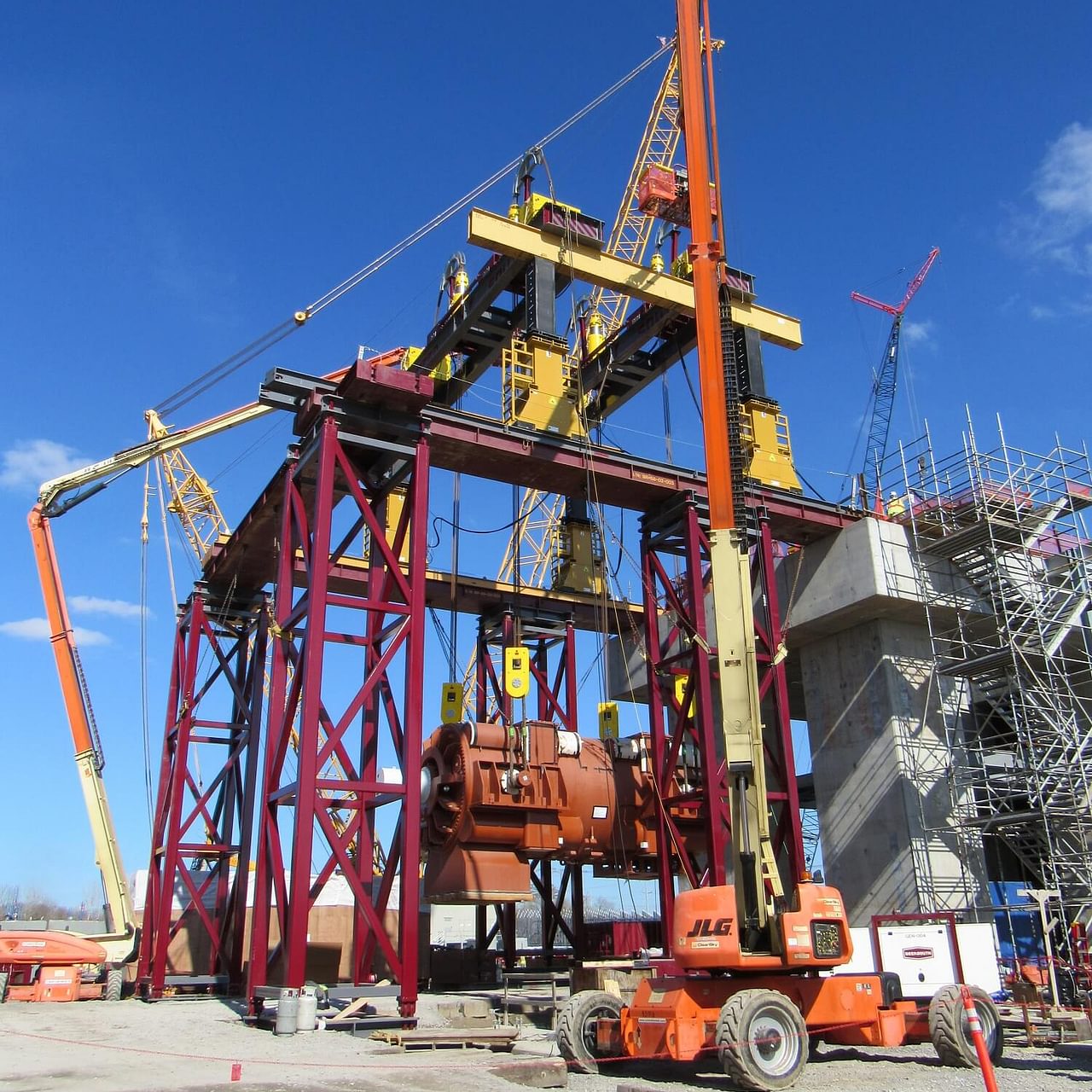
Combined Gantry/Strand Jack Systems Power Lifts Co-Gen Train
View Project
Combined Gantry/Strand Jack Systems Power Lifts Co-Gen Train
The construction of a combined-cycle power station in Louisiana required a specialty contractor to move, lift and set a STG generator (692,250 lbs.) and HIP turbine (392,420 lbs.).

Southeast Petrochemical Turnaround
View Project
Southeast Petrochemical Turnaround
Supplying all cranes in two units during a petrochemical turnaround in the Southeast, Deep South supported the change out of old components and reinstallation of new components with 19 cranes working throughout the project.